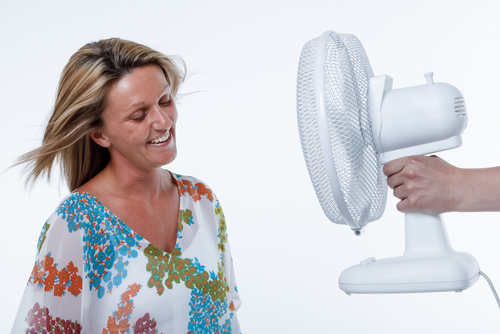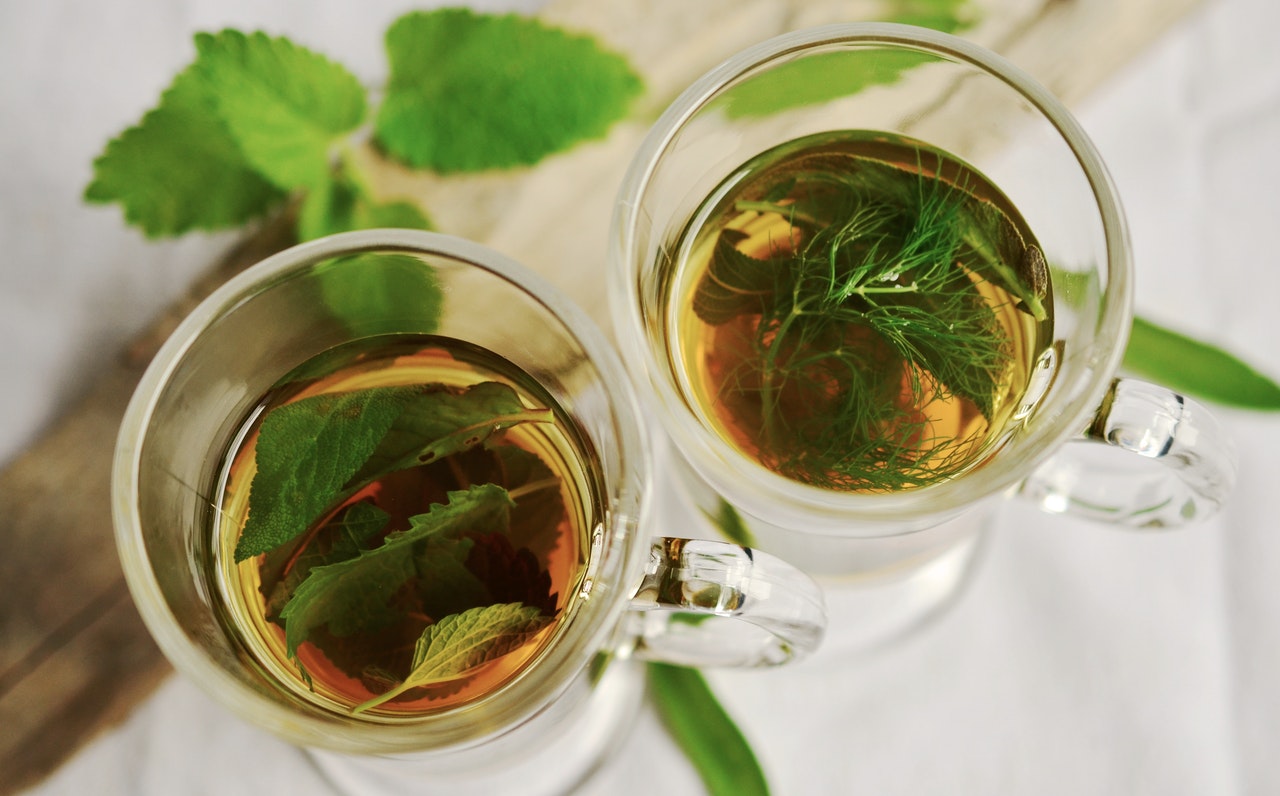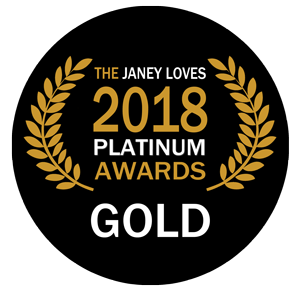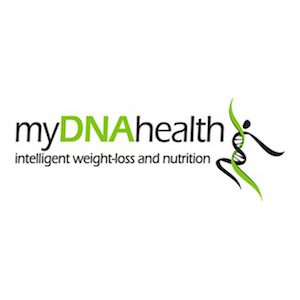
Simple Suggestions for Menopause Management
It’s important for you to look and feel your best throughout perimenopause and beyond.
Last week we shared our suggestions of how to support your body naturally during the menopause, offering some alternative solutions to Hormone Replacement Therapy. There were too many suggestions for one post so please read on for more natural approaches to menopause management.
Cooling Off
With hot flushes affecting up to 85% of women during perimenopause, it’s important to keep your cool and there’s plenty of complementary remedies to help you do so. During perimenopause, a woman’s ovaries gradually reduce the production of oestrogen, bringing on common side effects, including hot flushes.
Traditionally used as a sleep aid and as a natural treatment for anxiety, Valerian has successfully been used to treat hot flushes due to it’s phytoestrogenic properties. This means it is able to mimic the effects of oestrogen in the body. Taking valerian capsules has been proven to help reduce the frequency and severity of hot flushes according to a study conducted last year by Hamadan University of Medical Sciences.
Another naturally occurring plant with oestrogeneic properties is Soy. As with many natural therapies, prolonged use is suggested to ensure you feel the full benefits. Experts recommend that soy should be consumed for at least three months before you’d begin to feel the benefits.
As with Valerian, soy has been found to ease the frequency of hot flushes by up to 11%. You can intake soy in a variety of ways. Incorporate soy into your diet from soybeans and edamame to soy mik and tofu. Or if you’d prefer, you could take soy supplements such as soya isoflavones.
Menopause and Mealtimes
A big part of managing menopause symptoms involves maintaining safe oestrogen levels. Fat tissue releases oestrogen so it’s important that your diet includes lean, high quality protein foods. These provide the body with amino acids, needed for the liver to metabolise oestrogen. Meat, fish, beans and eggs are all good sources of protein and help to control your appetite.
Alongside your high protein meals, include cruciferous vegetables such as cabbage, spinach, broccoli and cauliflower. These gorgeous greens contain a healthy oestrogen promoting compound called DIM. By maintaining a healthy oestrogen metabolism, DIM safely eliminates oestrogen from the body, helping lower cancer risks.
Hopefully that’s given you food for thought!
If you’re interested in finding out more about the hormone challenges during perimenopause and menopause, how to relieve these naturally and how key nutrients and foods play a part in balancing hormones, then click here to find out more about my Menopausal Weight Loss Programme.









